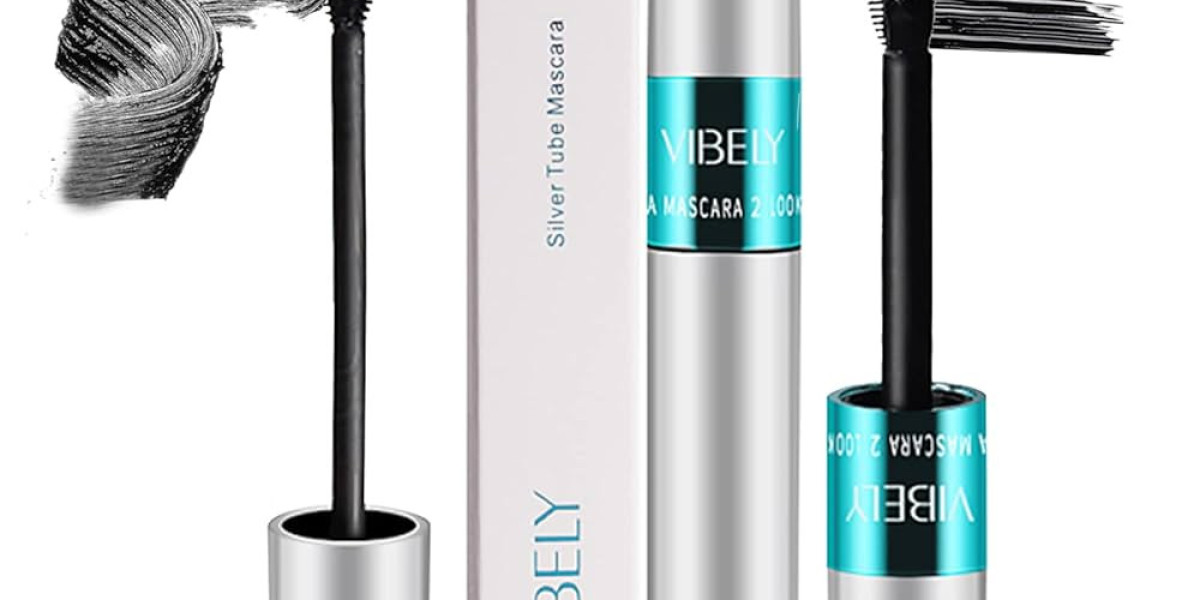Two increasingly popular choices for modern outdoor design are underwater light and underground lighting. These specialized lighting solutions are designed to offer durability, safety, and visual appeal, but choosing the right ones requires careful planning and understanding.
In this guide, we’ll walk you through everything you need to know—from fixture types and applications to installation tips and design ideas—so you can confidently select the best lighting solutions for your next outdoor project.
Understanding the Purpose of Specialized Outdoor Lighting
Before diving into technical details, it’s important to define what makes underwater light and underground lighting unique. Both are designed for specific environmental conditions and use cases. Unlike standard outdoor lighting, these fixtures are engineered to withstand elements like water, soil pressure, and foot or vehicle traffic.
What is Underwater Lighting?
Underwater light fixtures are sealed, waterproof luminaires installed in or near bodies of water such as fountains, ponds, swimming pools, or artificial waterfalls. Their primary purpose is to add visual interest, create ambiance, and increase nighttime safety around water features.
What is Underground Lighting?
Underground lighting refers to light fixtures installed flush with the ground surface. Commonly used for pathways, driveways, stairways, and garden perimeters, these lights improve visibility and emphasize landscape or architectural features without visible hardware interrupting the view.
Both lighting types serve aesthetic and practical purposes, making them valuable additions to any well-designed outdoor environment.
Key Benefits of Underwater and Underground Fixtures
Outdoor lighting isn't just about visibility. It influences safety, mood, and the overall usability of a space after dark. Here are some advantages of these lighting types:
Benefits of Underwater Light Fixtures
Safety: Illuminate pool edges or pond borders to prevent accidents.
Atmosphere: Create reflections and serene visuals in water at night.
Highlight Features: Draw attention to fountains, sculptures, or aquatic plants.
Benefits of Underground Lighting
Pathway Visibility: Improve navigation along walkways and driveways.
Discreet Aesthetics: Provide light without visible hardware clutter.
Architectural Focus: Enhance textures and forms of structures from below.
Understanding the functional and aesthetic advantages helps guide your decision-making process as you explore fixture options.
Factors to Consider When Choosing Fixtures
Selecting the right fixture involves more than just picking a style you like. Here are key factors to consider for both underwater light and underground lighting systems.
Material and Build Quality
Durability is crucial. Fixtures should be made of corrosion-resistant materials like marine-grade stainless steel, brass, or reinforced composites to endure moisture and pressure over time. Substandard materials may degrade quickly and pose safety risks.
IP Rating and Water Resistance
For underwater light, IP68 is the industry standard, meaning the fixture is completely dust-tight and can be submerged indefinitely under water. For underground lighting, look for IP67 or higher to ensure protection from dirt, dust, and temporary water immersion.
Light Output and Beam Angle
Consider lumens and beam angles based on where and how you want to illuminate. Narrow beams highlight small features, while wider beams wash over larger areas like walls or garden beds.
Color Temperature
Color temperature can greatly impact the mood. Warmer tones (2700K–3000K) create a cozy, inviting glow, while cooler tones (4000K–5000K) offer a clean, modern look. RGB options allow for color-changing effects, especially appealing for underwater light fixtures.
Power Source and Wiring
Low-voltage systems (usually 12V) are common for both fixture types due to safety and energy efficiency. Ensure that transformers, wiring, and connections are rated for outdoor or submerged use.
Where to Use These Fixtures in Your Landscape Design
Strategic placement is key for maximizing the effect of your lighting setup. Here’s how to smartly incorporate underground lighting and underwater light in various outdoor zones.
Garden and Pathway Integration
Use underground lighting to subtly outline garden paths, patio perimeters, or stepping stone walkways. These lights can also be embedded into decks and terraces to enhance architectural edges.
Pool and Water Feature Highlighting
Place underwater light fixtures within swimming pools to make nighttime swimming safer and more atmospheric. Install them in fountains or pond basins to add magical sparkle and dimension to moving water.
Driveway and Entryway Illumination
Drive-over rated underground lighting fixtures work well for illuminating driveways and entrances. They create a runway-like effect that is both functional and stylish, especially in large estates or villas.
Accent Trees and Sculptures
Ground-based lighting is effective for spotlighting trees, statues, and architectural pillars. Aim the beam upward for dramatic shadows and height emphasis.
Installation Tips for Long-Term Performance
Whether you're hiring a professional or taking the DIY route, proper installation ensures your fixtures work reliably and safely for years.
Waterproofing Matters
Even the best fixture will fail if not properly sealed. Ensure all connections are waterproof and use outdoor-rated junction boxes. Silicone-seal connections and test for moisture before covering the wiring.
Drainage and Soil Conditions
For underground lighting, make sure the soil drains well. Water pooling around fixtures can cause failure over time, even if the unit is IP-rated. Use gravel beds or drainage sleeves if needed.
Placement Depth and Spacing
Avoid placing fixtures too deep in soil or water. Follow manufacturer guidelines for optimal performance. Also, consider spacing—too close and the light can be overpowering; too far and the effect is lost.
Maintenance Access
Plan for easy maintenance. Choose fixtures with accessible screws and replaceable bulbs or LED modules. Periodic cleaning of lenses and fixture bodies helps maintain brightness and appearance.
Lighting Techniques to Enhance Outdoor Ambiance
Getting the most out of your lighting system involves more than fixture choice. The way light is used determines its emotional and visual impact.
Uplighting
A common use of underground lighting, uplighting adds drama by casting light upward onto walls, trees, or sculptures. Use narrow beam angles for tall, narrow objects and wider beams for broad surfaces.
Silhouetting and Shadowing
Place underwater light behind water plants or sculpture features to create interesting silhouettes. Alternatively, shine light across textured surfaces to create dynamic shadows.
Grazing
Position ground lights close to textured walls to emphasize patterns in brick, stone, or concrete. This is effective for modern patios or classic garden walls.
Layering and Zoning
Combine fixture types to create layers of light. For example, use underground lighting for path guidance and underwater light for focal point accents. Divide your lighting system into zones so you can control different areas independently.
Eco-Friendly and Smart Lighting Options
Sustainability is increasingly important in outdoor lighting. Look for LED-based systems to minimize power usage while maximizing longevity. Many fixtures now offer smart controls that let you adjust brightness, colors, or on/off timing via smartphone or home automation systems.
Solar-Powered Fixtures
For areas with ample sun, solar-powered underground lighting can be a low-maintenance and eco-conscious choice. However, these typically offer lower brightness and shorter runtimes than wired systems.
Motion and Light Sensors
Adding sensors improves energy efficiency. Motion sensors activate lights only when needed, while light sensors ensure fixtures turn on at dusk and off at dawn.
Common Mistakes to Avoid
Avoid these pitfalls to ensure your lighting system performs beautifully and safely:
Overlighting: Too many lights can wash out the landscape and cause glare.
Ignoring Angles: Improper beam angles may cause blinding effects or unwanted light spill.
Cheap Fixtures: Low-cost options often fail in tough conditions—invest in quality.
Neglecting Maintenance: Dirt and debris can reduce light output and fixture life.
Poor Planning: Random placement leads to chaotic lighting. Map out your layout in advance.
Wrapping Up
Choosing the right lighting fixtures for your outdoor space is more than just a design choice—it’s a strategic decision that enhances safety, aesthetics, and functionality. Whether you’re creating a dreamy pondside escape with underwater light or designing elegant walkways with underground lighting, taking the time to understand your needs and options will lead to a more satisfying result.
From selecting durable materials and appropriate IP ratings to mastering lighting techniques like grazing and uplighting, the perfect balance of art and science makes your outdoor space shine—literally and figuratively. With thoughtful planning and quality components, your landscape lighting will not only light the way but also leave a lasting impression.







